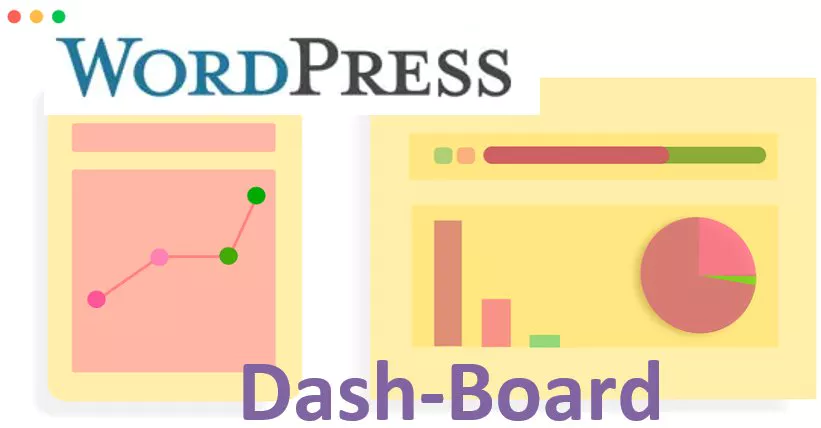Overview of the WordPress Dashboard
If you are new to WordPress, the WordPress dashboard may seem daunting at first. However, it is essential to understand how the dashboard works, as it is where you will spend most of your time managing your website. In this beginner’s guide, we will provide an overview of the WordPress dashboard and its key features.

What is the WordPress Dashboard?
The WordPress dashboard is the main control panel for your website. It is where you can create and manage posts, pages, menus, themes, and plugins. You can access the dashboard by logging in to your WordPress account and clicking on the dashboard link.
Overview of the WordPress Dashboard
The WordPress dashboard is divided into different sections, each with its set of features. The primary sections include the following:
Introduction to WordPress
Understanding WordPress Versions and Updates
Pros and Cons of Using WordPress
How to Choose a Domain Name for Your WordPress Site
Types of Web Hosting for WordPress
Step-by-Step Guide to Installing WordPress
How to Install WordPress with a One-Click Installer
1. Home Screen
The home screen is the first page you see when you log in to the dashboard. It displays an overview of your website’s activity, such as the number of posts, pages, comments, and the status of your website’s updates.
2. Posts
The posts section is where you can create, edit, and manage your website’s blog posts. You can also organize your posts by categories and tags.
3. Pages
The pages section is where you can create, edit, and manage your website’s pages. Pages are static content, such as your website’s about page, contact page, and privacy policy.
4. Media
The media section is where you can manage your website’s media files, such as images, videos, and audio files.
5. Comments
The comments section is where you can manage your website’s comments. You can approve, delete, and reply to comments from this section.
6. Appearance
The appearance section is where you can manage your website’s themes, menus, and widgets. You can also customize your website’s appearance by changing the theme settings.
7. Plugins
The plugins section is where you can manage your website’s plugins. You can install, activate, and deactivate plugins from this section.
Customizing the WordPress Dashboard
You can customize the WordPress dashboard to suit your needs. For example, you can rearrange the sections on the dashboard, add or remove widgets, and change the color scheme.
In conclusion, the a powerful tool that allows you to manage your website’s content, appearance, and functionality. Understanding the dashboard’s key features is essential for anyone looking to create and manage a website using WordPress.
Summary: This beginner’s guide provides an overview of the WordPress dashboard, its key features, and how to customize it to suit your needs.